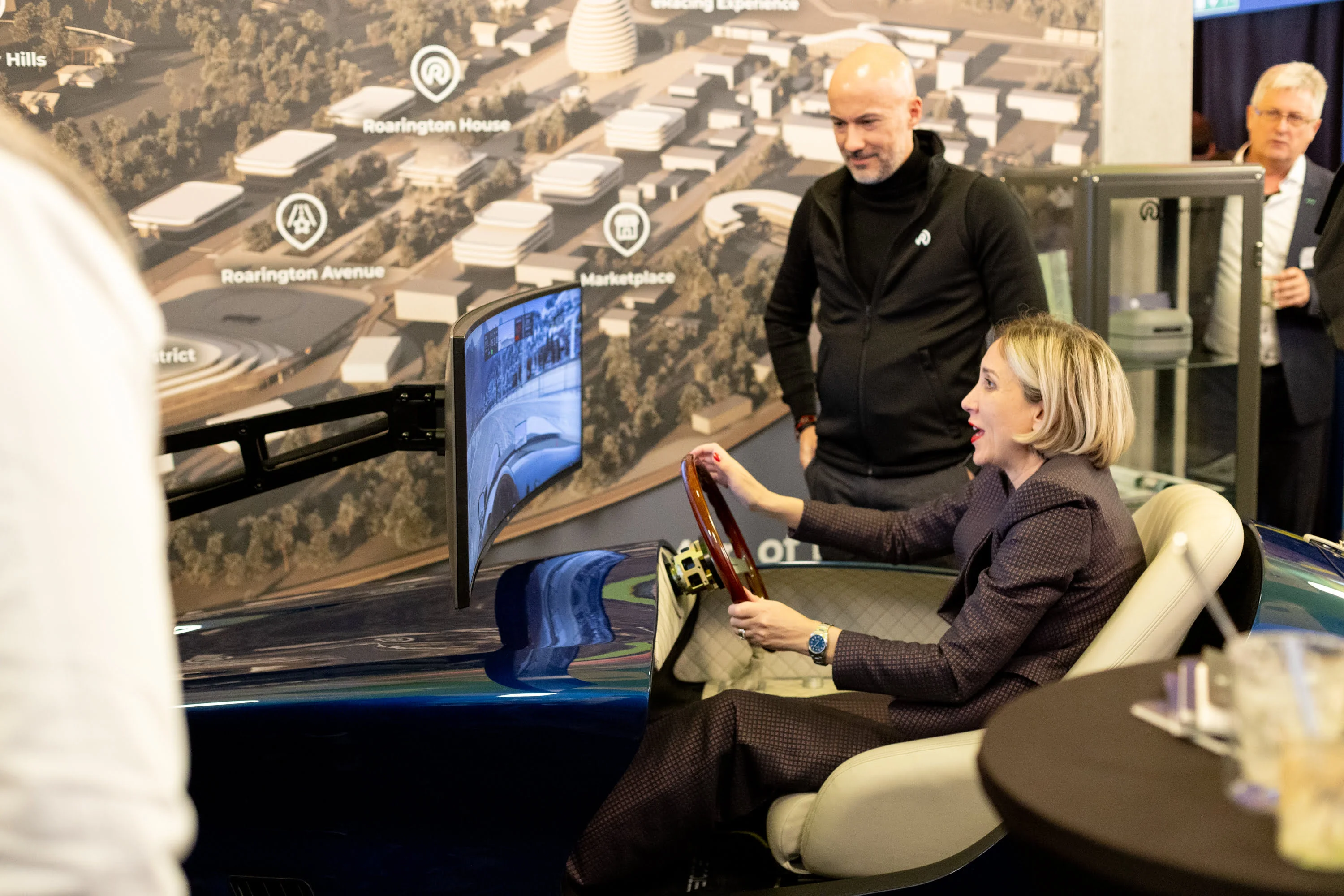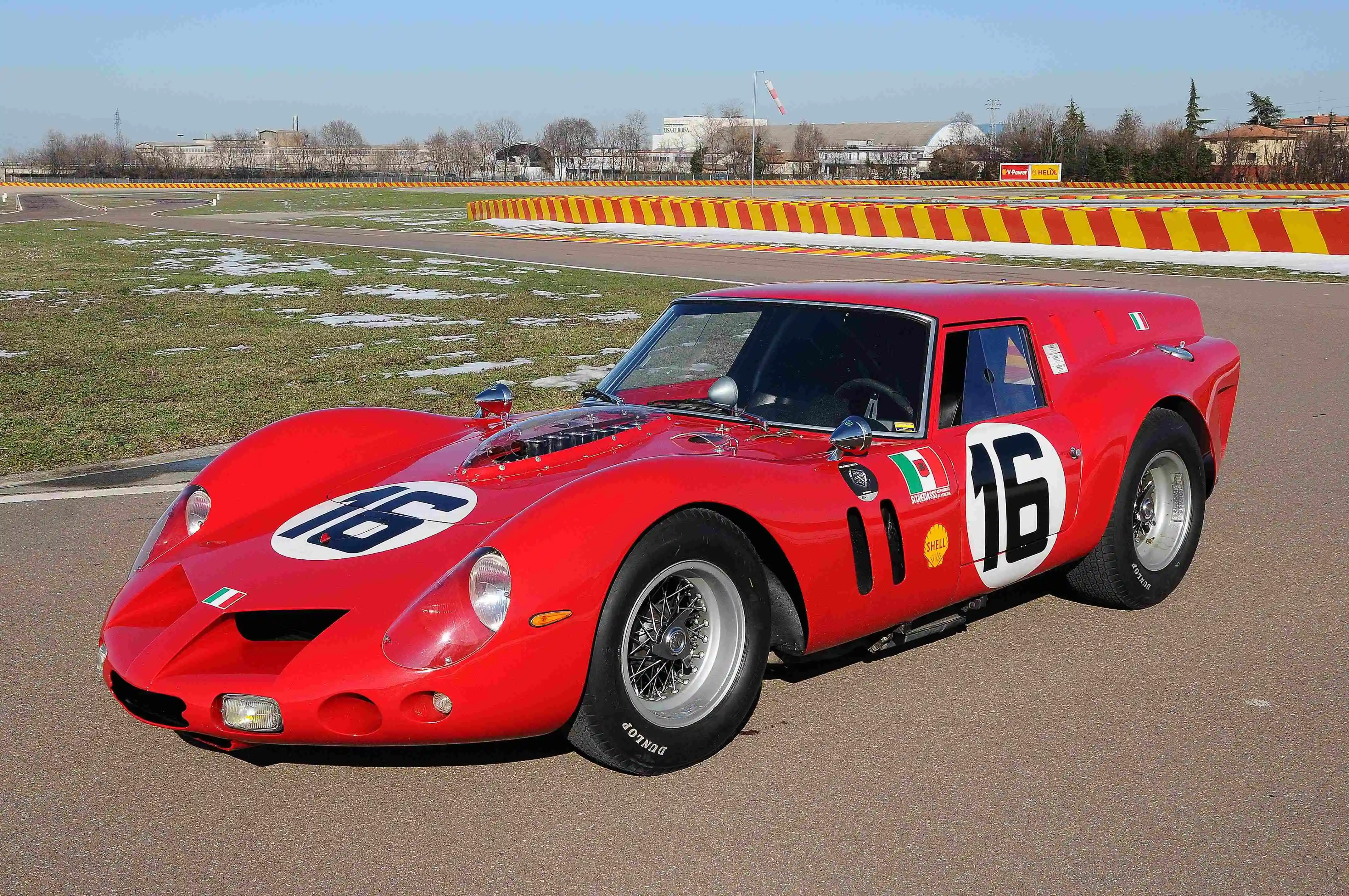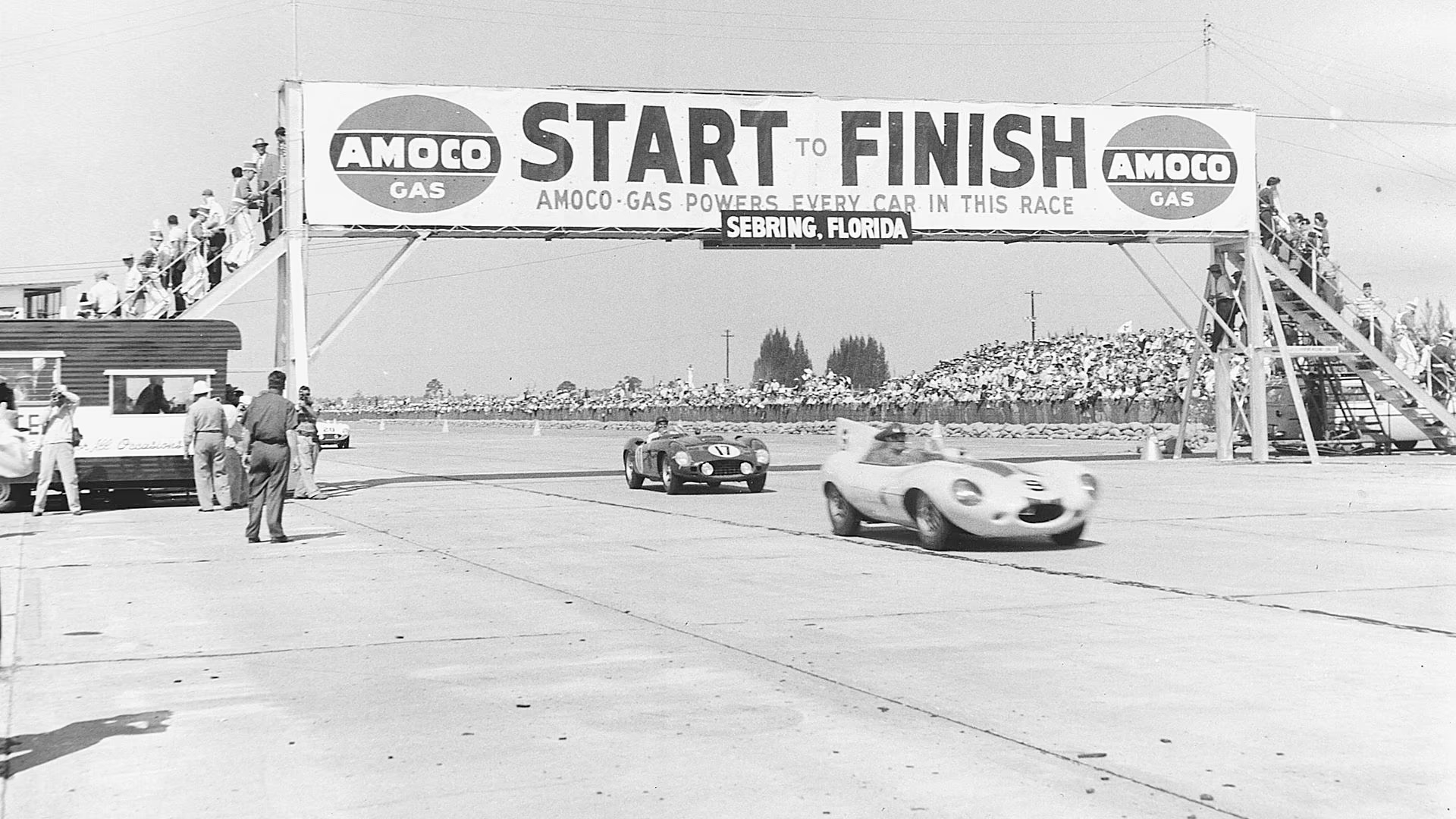The Nostalgia of Forgotten Gods. Tecno, Italy, 1966 - 1973
27 January 2024 3 min read 3 images

Photo credit: Wheelsage
There are brands that fade from fame to obscurity without a clear reason. Among these, the Italian Tecno is a classic example. After securing three consecutive World Karting Championships, Tecno launched its first racing car for Formula 850 in 1966. The Pederzani brothers, Luciano and Gianfranco, had the visionary insight to base the project on their now-famous karts: a short wheelbase, central fuel tank, and straightforward design. The car immediately proved competitive, leading to the development of a single-seater for the lucrative international Formula 3 market. The new car, completely different in concept and aesthetics from the dominant Lotus, Lola, Brabham, and Chevron cars, achieved immediate success with Jean-Pierre Jassaud, who, practically on his debut, won the most important race of the year in 1968: the Formula 3 GP, a highly coveted event on the Saturday of the Monaco GP.
Register to unlock this article
Signing up is free and gives you access to hundreds of articles and additional benefits. See what’s included in your free membership. See what's included in your free membership.
Already have an account? Log In


